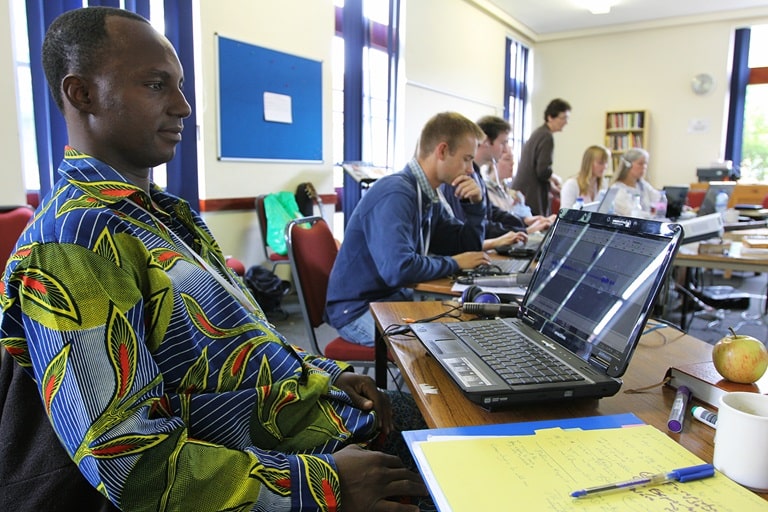EMQ » Jan – March 2025 » Volume 61 Issue 1

Arts Training
Summary: Is the future of mission work painted in the colors of cultural diversity? The arts are are gaining recognition as a powerful tool for Christian mission worldwide, but training in the arts remains scarce. Yet if training in the arts and mission can be developed to be flexible to varying contexts, the resulting shifts could revolutionize the spread of the gospel.
By Roch Ntankeh
In recent years, the global church has seen significant shifts in its understanding and approach to mission work. Previously, it was nearly unthinkable to link the arts to mission or to identify as a missionary artist. Traditionally, the recognized fields of mission were Bible translation, pastoral care, church planting, preaching, and humanitarian services like medicine and education. These activities were considered the core pillars of Christian mission.
However, today’s perception of mission has evolved significantly. The spread of the gospel – the essence of Christian mission – has found diverse expressions, tailored to various cultural contexts. The modern church increasingly recognizes the importance of communicating the good news in a way that resonates with the audience, aligning with Christ’s directive: “Go therefore and make disciples of all nations …” (Matthew 28:19, ESV).
In this evolving context, churches and missionary organizations now employ a range of communication methods to share the message of the kingdom. Among these, the arts – such as music, painting, theater, sculpture, and dance – have gained considerable recognition. No longer seen merely as cultural expressions, they are now viewed as powerful tools for mission, integral to global strategies for spreading the gospel.
Member-Only Access
Evangelical Missions Quarterly (EMQ) is available to Missio Nexus members as a member-only benefit or as a digital subscription.
Please login to gain access or join Missio Nexus!






